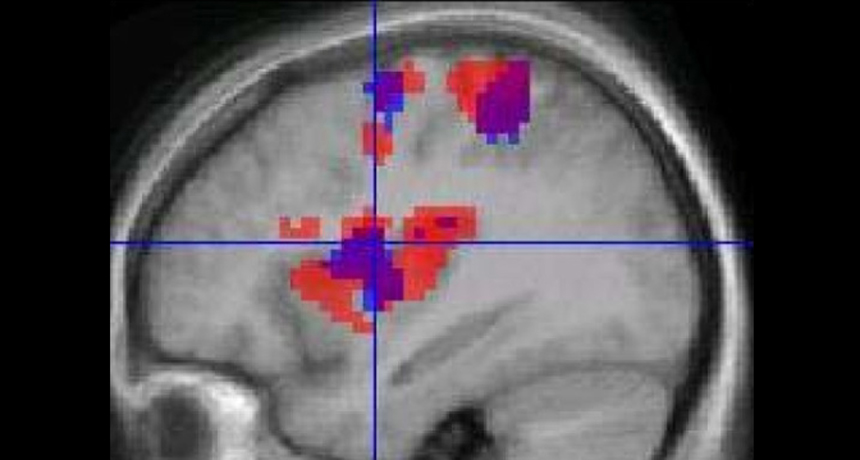Busy neurons don’t always draw blood
Mouse study suggests caution in interpreting functional MRI results

GO WITH THE FLOW Functional MRI scans use blood flow (colors represent changes in blood flow) to indicate nerve cell behavior, but those two things aren’t always coupled, a new study finds.
K. Roberts et al/BMC Anesthesiol. 2008/Open-I (CC BY 2.0)






